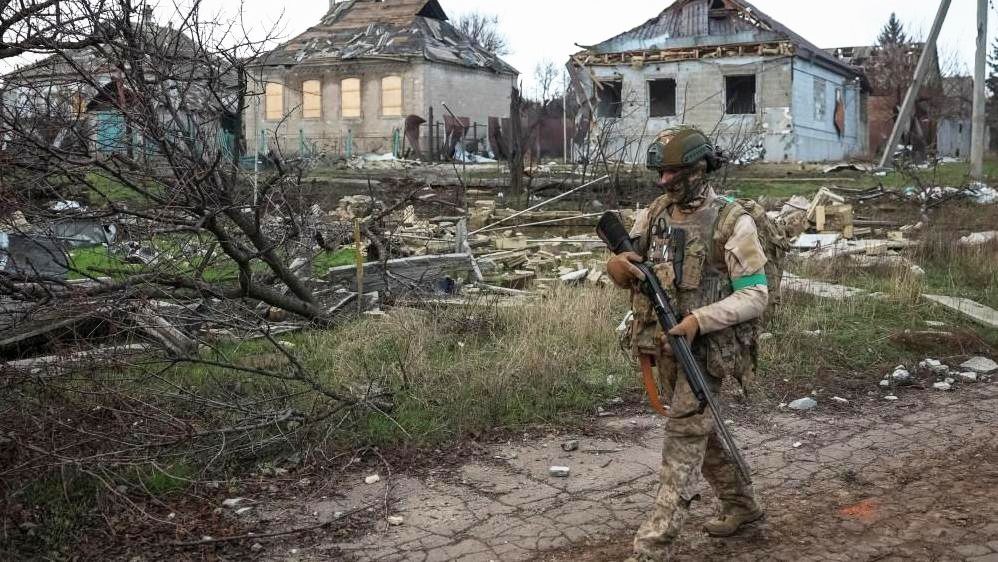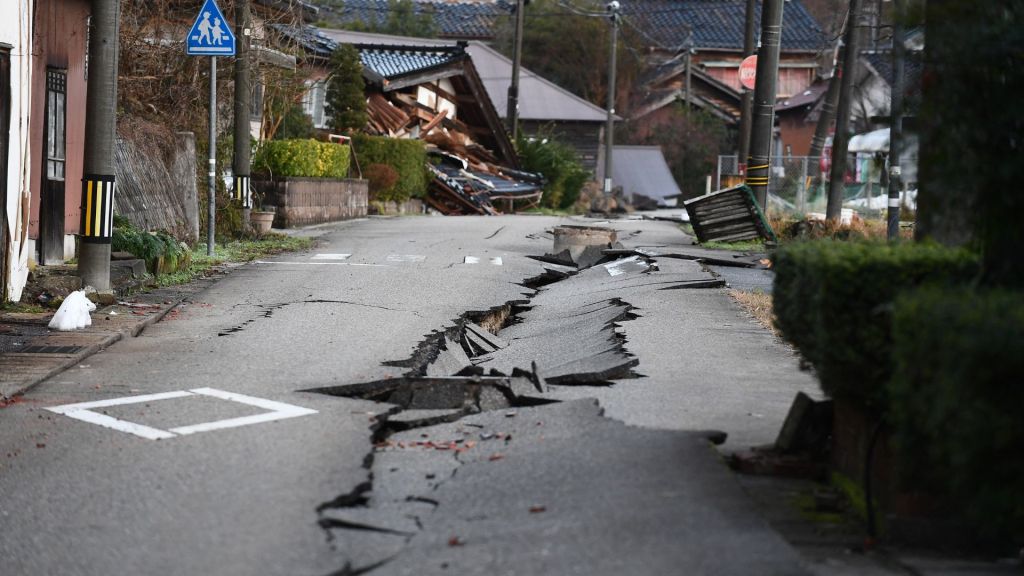The Woman with Shankha–Sindoor Before a Ruined Home in Gangachara—and the Vanishing Figures of Jessore

A recent report in Prothom Alo shows Hindu families in Gangachara, Rangpur, leaving their villages behind. Social media is flooded with images of broken homes, assaulted women, and the slow erasure of a community.
Those who’ve looked deeper into the story know the truth: this is a Hindu-majority area, home to nearly two thousand voters.
And since the current government insists that whatever persecution of Hindus exists in Bangladesh is not communal but purely political, those carrying out the violence seem to be doing so in full agreement with that “official” line. That is to say, from a “political perspective,” the two thousand votes in question likely lean toward a liberal or secular party. So—politically speaking—it makes sense, apparently, to drive them out.
A report published around the same time tells another story. Once upon a time, Jessore was home to thousands of monkeys of various species. After 1947, as Hindu families gradually left, the number of people who could coexist with those creatures—who had a sense of tolerance, of shared space—also declined. Naturally, so did the monkeys. Today, only seven or eight groups remain across Greater Jessore, each group numbering just 8 to 20.
If Bangladesh continues along its current trajectory—where the state, society, and media extend barely a flicker of sympathy to its Hindu population—then it’s not hard to imagine a future where Hindus, like those forgotten monkeys of Jessore, are reduced to scattered remnants. Reduced to numbers. Reduced to silence. Reduced to something less than fully human.
And yet, even now, one must choose to believe in the soil of Bangladesh. This is the land that gave rise to the spirit of ’52 and ’71. This society bore Dr. Muhammad Shahidullah, Kazi Motahar Hossain, and Begum Sufia Kamal. Above all, it gave birth to Bangabandhu Sheikh Mujibur Rahman. The media of this country once had men like Manik Miah and Zahur Hossain Chowdhury. This was a press that once thundered together with the line: “Stand up, East Bengal!”
So even after Gangachara, perhaps we can still believe that the land and its people will not let the Hindus of Bangladesh be reduced to the fate of those near-extinct figures in Jessore. That woman—her bangles shattered, her sindoor still clinging to her forehead as she sits in front of the rubble once called home—surely isn’t asking us to look away. Not yet.






















